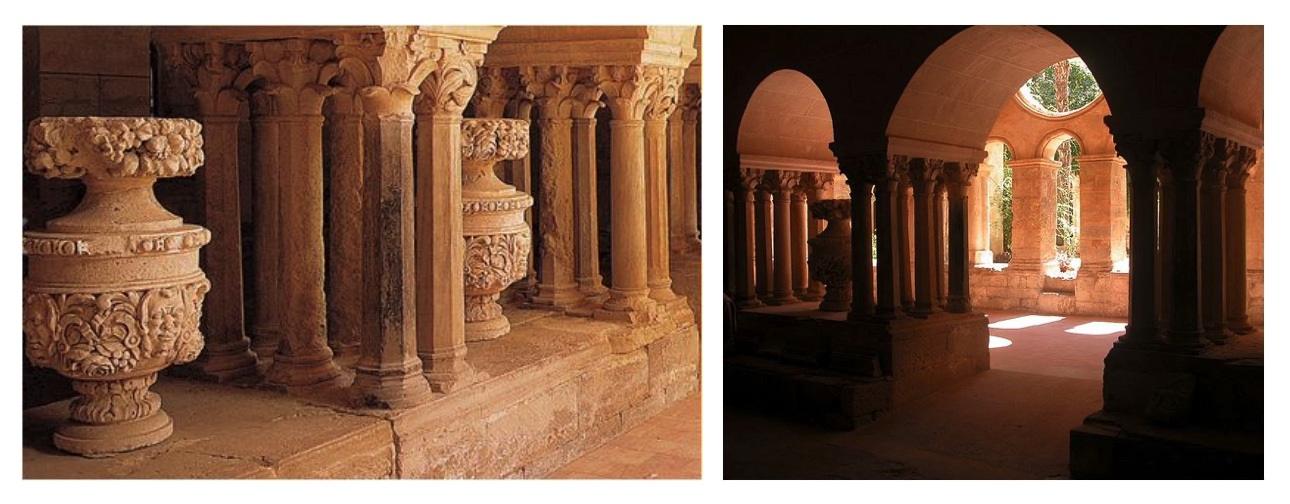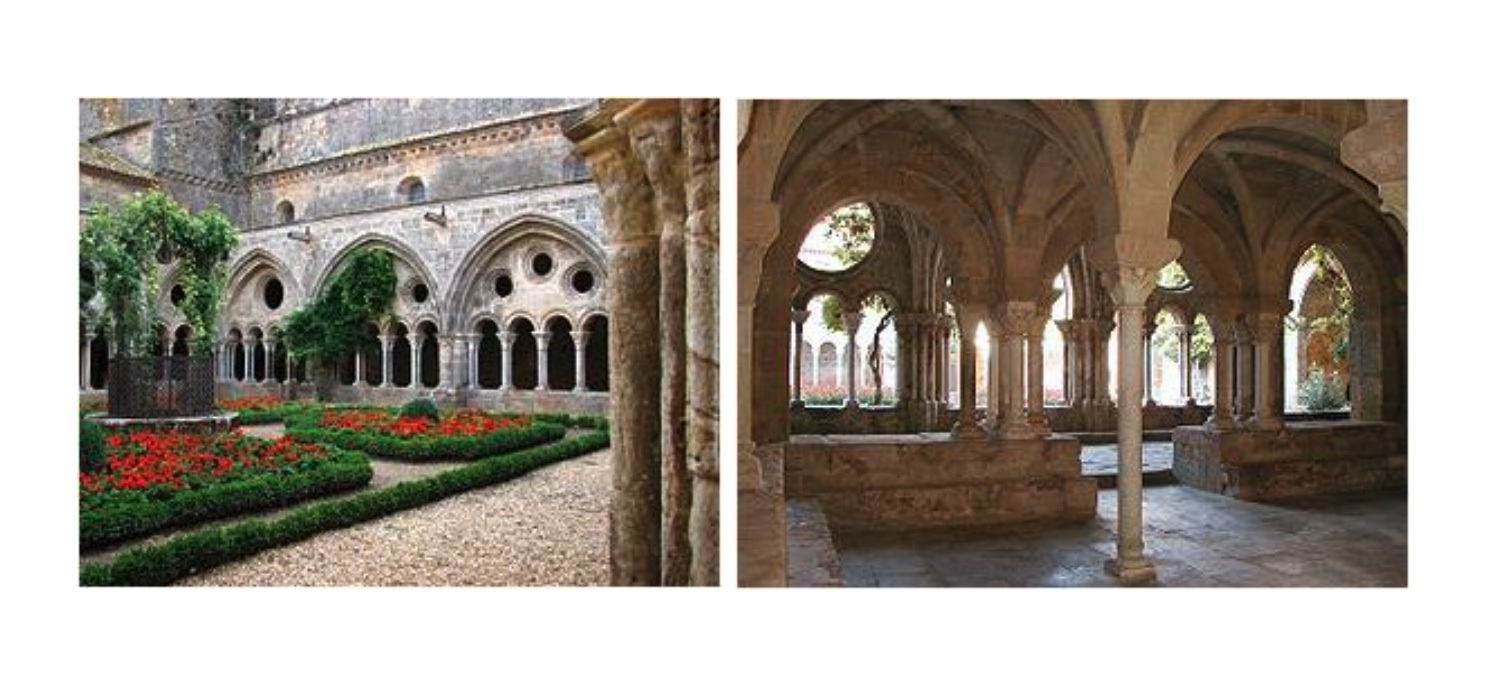
Pourquoi visiter le Languedoc
Chateau Saint- Martin de la Garrigue and surrounding places
Languedoc-Roussillon is one of those areas of France where you can feel like you’re totally cur off from the rest of the country. Commercial tourism has been very slow to capitalise on the region, meaning you can still enjoy a slice of authentic French rural life at its finest. A mixture of landscapes also makes it a great place to visit, with a good stretch of coastline offering a totally different experience to more bucolic interiors.
With its unique cultural idiosyncrasies and independent identity, Languedoc has long marched to the beat of its own drum. It wears its long history proudly, and reminders of the many people who have settled here – among them the Romans, the Moors and the Cathars – provide ample sightseeing opportunities for history-loving visitors. Geographically too, it has lots to offer with a great variety of landscapes, from endless sandy beaches and flamingo-crammed wetlands to the dramatic hills and forests of the interior. As France’s biggest and arguably most exciting wine region – less stringent rules mean winemakers here aren’t hampered by tradition. Languedoc-Roussillon fills some two billion bottles a year. The rocky soil, rugged hills and dry, sunny climate provide perfect conditions for vineyards, a fact first appreciated by the ancient Greeks and Romans. – it also excels at wine tourism.
Languedoc enjoys four distinct seasons. Summer, the season for swimming and sunning, is when it’s at its hottest and busiest. May and June are pleasantly warm, though they may be subject to a smattering of late spring showers, which will gradually decrease as the days wear on. July and August are balmy and perma-sunny, with temperatures rising to the high 30s.
If you’d rather something a little more temperate, get in ahead of the crowds in spring. Autumn is also mild, though thunder storms are more likely to strike. If you can withstand a downpour or two, it can be an excellent time to come nevertheless: the vines turn orange and rust, the air becomes crisper and the temperatures become less stifling, making hiking in the hills a dream. Swimming isn’t out of the question in autumn either, with warmer weather holding until around mid-October.
Winters are harsher here than you might expect, with the odd sprinkling of snow on high elevations and frequent frosty mornings. It’s by no means dreary though, and the brilliantly bright and clear skies and cloaks of evergreens will lift the mood.
Places to experience:
1. Pézenas
An antique town, one of the quiet glories of southern France with elegant 17th- and 18th-century houses constructed in mellow, honey-coloured stone and graced with balconies and twirling wrought-iron.
These gracious buildings exude a refined atmosphere and have an edge of grandeur entirely in keeping with Pézenas’s past as the capital of Languedoc.
Don’t miss the Saturday marked in the town I promiss you will love its charm.

2. Abbaye de Valmagne
Founded in 1139 it is one of the most beautiful cistercienes abbayes in France.

3. The Canal du Midi: Boat sailing on the waterway
Designed in the 17th century by Pierre-Paul Riquet, the Canal du Midi, which has 64 locks interspersed along its length of nearly 240 kilometres, flows from Toulouse in Haute-Garonne to Thau Lake, near Sète, in the Hérault. This colossal construction made a link between the Atlantic Ocean and the Mediterranean Sea, and required the work of 12,000 men over fifteen years, from 1666 to 1681.

4. Moulin a huile du Mont Ramus
A family farm with more than 12 00 olive trees to discover the cultivation of the olive tree and the techniques of oil extraction.

5. Abbaye de Saint-Guihem- le- Desert
In the heart of the Hérault Gorges, in the Val de Gellone, the medieval village of Saint-Guilhem-le-Désert is in a green setting along the meandering Verdus stream.
This Classified Site, is one of the most beautiful villages in France and today its abbey is registered as a World Heritage Site by UNESCO in conjuncton with the french section of St James' Way to Santiago de Compostela in western Spain.

6. Abbaye de Fontfroide
Founded in 1093, the abbey is situated in the heart of the Fontfroide Massif which is made up of 4,000 hectares of unspoilt natural landscape. This glorious collection of Cistercian buildings, bathed by the waters of the Fontfroide stream, nestles in the heart of a typically Mediterranean landscape.

7. Grotte de Clamouse
The cave has been classified by the Ecology and Development Ministry as ‘A Scientific and Picturesque Site’. Out of concern for the protection of this fragile environment, the cave’s network of lighting was completely replaced with energy-saving lamps (LED) in 2010. Clamouse is the first tourist cave in Europe thus equipped. Interesting and original show: ‘Monument of time’. A one hour guided tour. Temperature 16 °.

8. Le Cap d’Agde
A French holiday resort on the Mediterranean coast. The town was founded 2600 years old

9 Sète
"Venice of the Languedoc"

10. Cite de Carcassonne
It’s a medieval fortress dating back to the Gallo-Roman period and restored by the theorist and architect Eugène Viollet-le-Duc in 1853.

11. Pont du Gard
The most visited ancient monument in France, listed a world heritage site by Unesco, the Pont du Gard aqueduct remains one of humankind's great masterpieces. A marvel of Antiquity and a true technical feat, it is also a stupendous site that has regained its unspoiled state since its refurbishment.

12. Roquefort sur Soulzon
Located in the Parc Naturel Régional des Grands Causses, the city of Roquefort cheese, altitude 630 meters, about 700 inhabitants, stretches the side of the famous rock Combalou, southern Larzac.
Under quiet outside, Roquefort is also an industrial town where close to a thousand people at refining the famous Roquefort cheese. Tradition dating back over a thousand years, it is jealously guarded in the depths of its natural cellars built into the rock in the landslide Combalou, 2 km long and 300 m wide.

13. Montpellier
It is the 7th-largest city of France, and is also the fastest-growing city in the country over the past 25 years. Here you can enjoy great architecture both modern and historical. And here you can do all your shopping.

Airports:
-Montpellier airport, Carcassonne Airport, Nimes airport, Beziers Airport, Perpignan airport